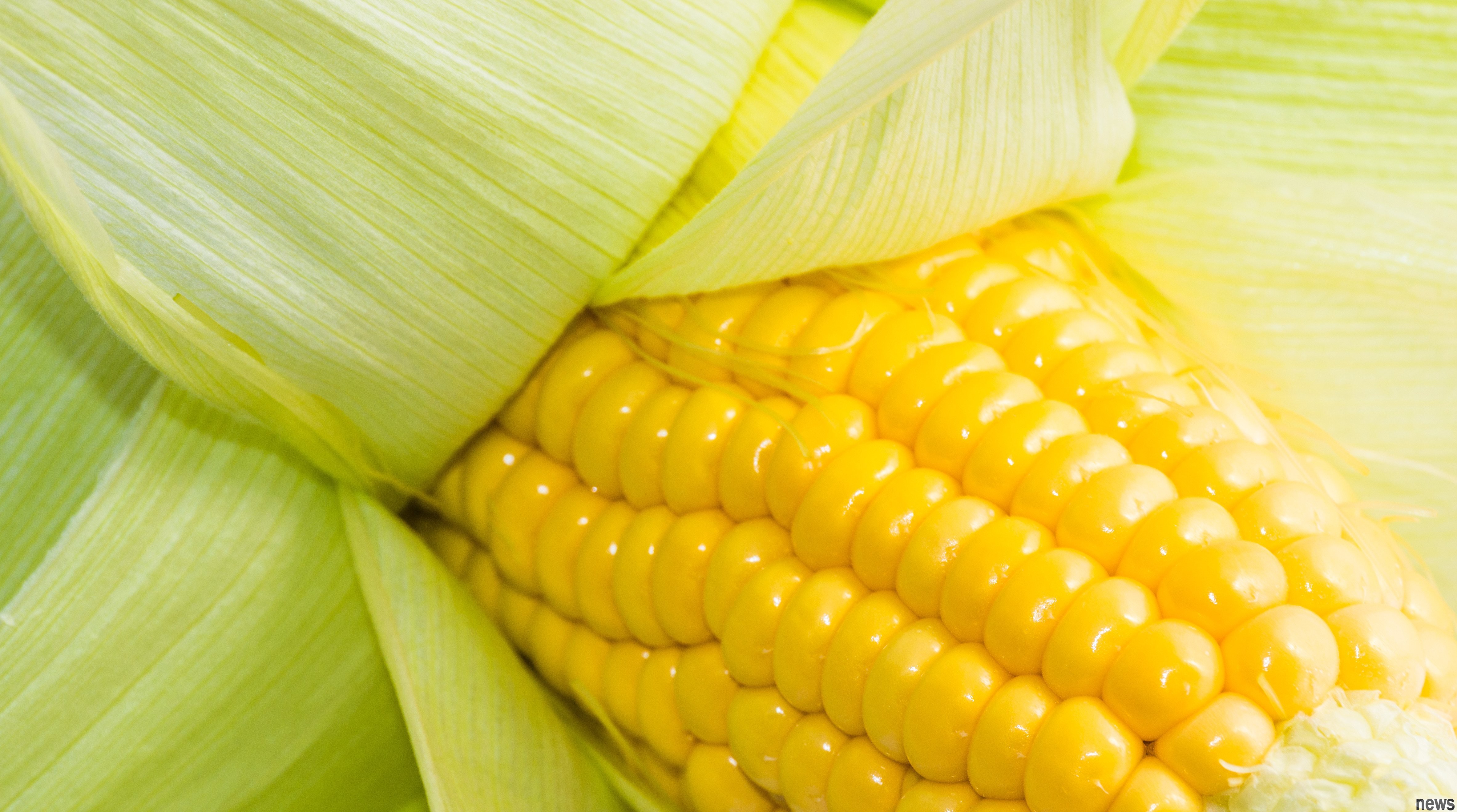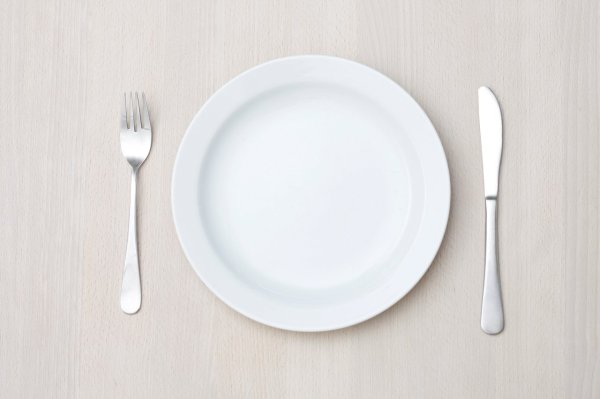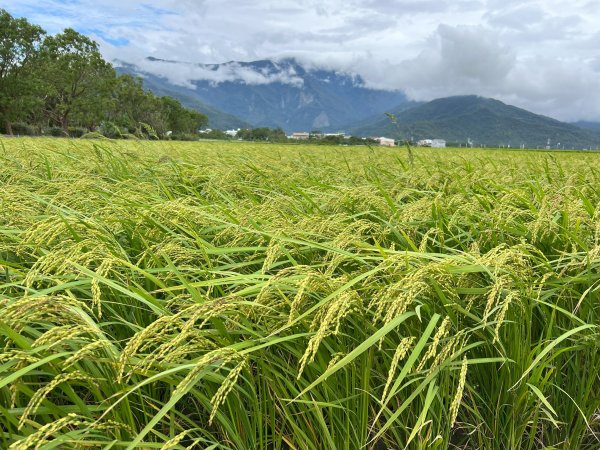It s not a vegetable! Corn rich in vitamin A and leafy vegetation. People of this type need to pay attention to the amount of intake
 [The key points of this article] Corn is a full-scale grain of grain, without malformation. It is a good alternative to malformation for people who cannot eat malformation. Eating whole grains can reduce the risk of heart disease, cancer, diabetes and obesity.
[The key points of this article] Corn is a full-scale grain of grain, without malformation. It is a good alternative to malformation for people who cannot eat malformation. Eating whole grains can reduce the risk of heart disease, cancer, diabetes and obesity. Corn is rich in vitamin A and antioxidants such as leaf ginger and corn ginger, which are beneficial to eye health. Large dietary fibers can promote digestive system and weight management. However, the corn can has a high content. It is recommended to choose fresh corn for consumption and pay attention to storage. If there is any color change, avoid eating it. Diabetic patients should pay special attention to the amount of powder intake. --by ChatGPT
Is corn a mess or a vegetable? Its real identity is often difficult to tell. In fact, it belongs to the "full-eye" and is a member of the grain family. Corn does not contain malformations. For people who cannot eat malformations, corn is a good alternative to malformations.
● Nutrition containing whole grainsUnfinely processed corn is a nutritious whole grain. Many studies have pointed out that eating whole grains can reduce the risk of heart disease, kidney cancer, type 2 diabetes and obesity. The sources of full-cook corn include: whole corn, popcorn (preferably free of sugar and cream), corn kernels (fresh, cold or canned), corn cubes made of full-cook corn, etc.
● Key nutrientsOrange and yellow foods are rich in vitamin A. According to the data in the Food and Drug Administration’s Food Nutrition Ingredient Database, 180 I.U. of vitamin A for every 100g of corn (sweet corn, yellow corn). Vitamin A supports the immune system, helps form mucosa, and is closely related to visual health care.
● Leafyol, Corn Yellow, Eye careLeafyol and Corn Yellow are the main types of corn, saccharin, which are antioxidants that help protect the eyes and have been proven to reduce the risk of eye-related diseases. In addition to yellow corn, there is also purple corn, which contains trace amounts of "quercetin", which is also an antioxidant that helps reduce inflammation and prevents memory-related diseases such as Alzheimer's disease.
● Rich in fibers, aids the digestive systemCorn provides a large amount of water-insoluble fibers, which increases titration volume in the kidneys and helps waste discharge. In addition, a large amount of dietary fiber can increase abdominal distension and be beneficial to weight management.
Reminder/The corn can has a high calp. Fresh corn is better.Although the powder ratio of corn is not as high as white rice, it is also quite high. A piece of corn has a heat equivalent to an eight-cent bowl of white rice. Diabetic patients should pay special attention. If you eat corn for this meal, you should reduce the amount of rice intake so that you will not eat too much powder.
Some people will choose corn cans, but it is not recommended to eat corn cans as fresh corn, because corks will be added during the processing process. In particular, patients with kidneys should prepare for consumption and choose fresh corn as much as possible.
In addition, corn is the same as peanuts. If stored incorrectly, it is easy to produce yellow toxins. It is best to place it in a dry and refrigerated place. Once the corn appears and changes color, do not eat it.
【Extended Information】A glance at the corn nutritional ingredients













